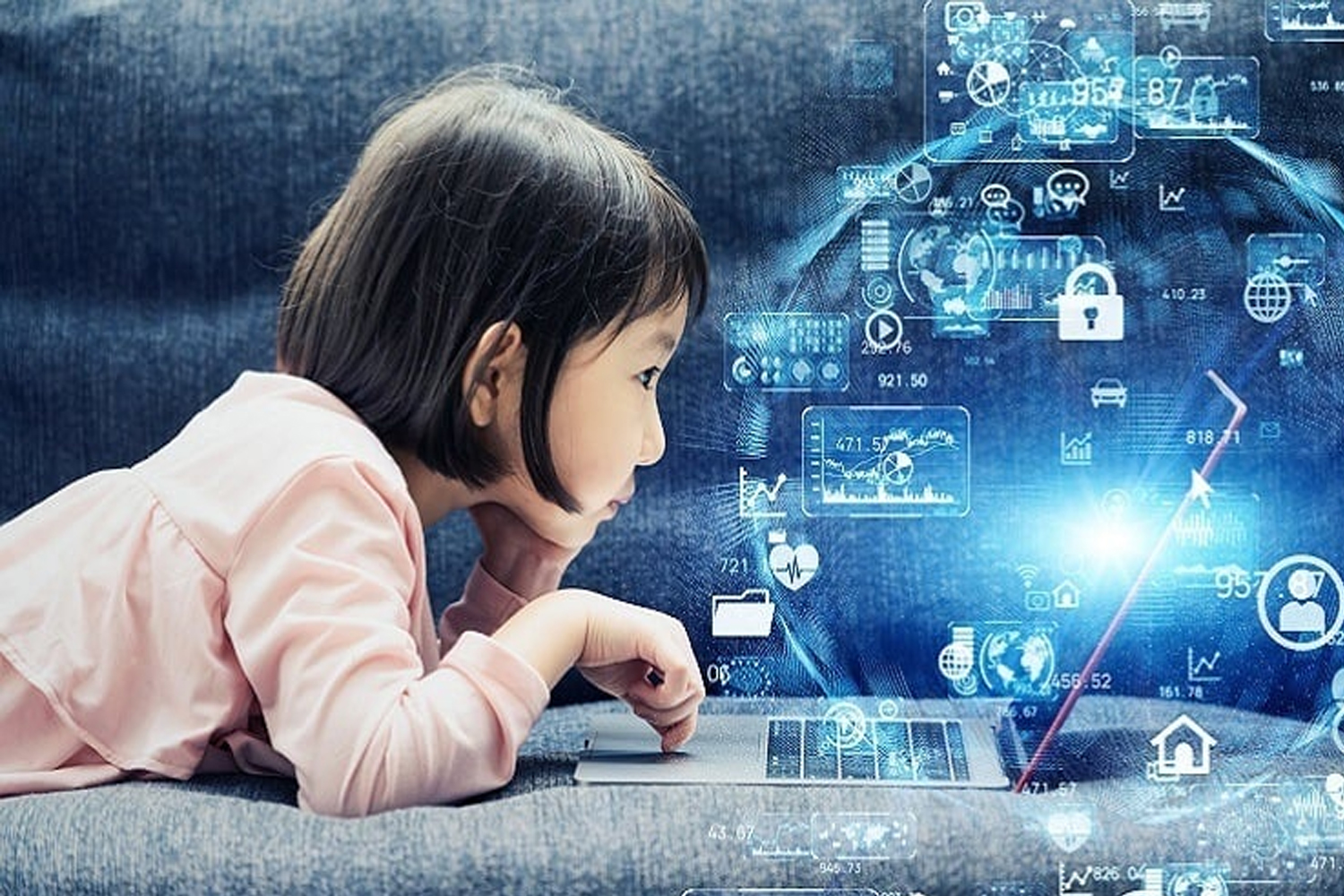In the rapidly evolving world of the 21st century, education is no longer just about memorizing facts or following traditional curricula. The emphasis has shifted toward equipping students with critical thinking, creativity, and problem-solving skills. This is where STEM (Science, Technology, Engineering, and Mathematics) and STEAM (STEM + Arts) education come into play. These interdisciplinary approaches are shaping the classrooms of today and the innovators of tomorrow.
Understanding STEM and STEAM Education
STEM Education focuses on cultivating skills in science, technology, engineering, and mathematics. It aims to foster analytical thinking, logical reasoning, and technical competence. STEM education is particularly vital as industries increasingly rely on technology, data, and scientific innovation.
STEAM Education builds on STEM by integrating the Arts, including design, creativity, and the humanities. STEAM emphasizes holistic learning, recognizing that creativity and innovation are essential in scientific and technological advancements. By combining analytical and creative skills, STEM and STEAM education prepare students for careers that require both technical expertise and innovative thinking.
Why STEM and STEAM Are Essential Today
Meeting Workforce Demands
The global economy is increasingly driven by technology and innovation. According to the World Economic Forum, jobs in fields like AI, robotics, biotechnology, and renewable energy are expanding rapidly. STEM and STEAM education equips students with the skills to thrive in these industries.
Encouraging Problem-Solving and Critical Thinking
STEM and STEAM curricula emphasize hands-on projects, experiments, and design challenges. Students learn to analyse problems, test hypotheses, and iterate solutions—skills that are invaluable in real-world scenarios.
Fostering Creativity and Innovation
STEAM education highlights the role of creativity in science and technology. Whether it’s designing a user-friendly app, creating an eco-friendly solution, or developing innovative engineering prototypes, students learn to think outside the box.
Promoting Inclusivity and Equity
By exposing students from diverse backgrounds to STEM and STEAM fields early on, education can help bridge gender and socioeconomic gaps in tech and science careers. Programs that encourage girls and underrepresented minorities to engage in STEM/STEAM are gaining momentum globally.
Current Trends in STEM and STEAM Education
Project-Based and Experiential Learning
Students are increasingly learning through hands-on projects, simulations, and experiments. For example: Building robots to understand engineering concepts Conducting chemistry experiments to explore real-world applications Designing sustainable solutions to environmental challenges These methods make learning more engaging, meaningful, and memorable.
Integration of Technology
Digital tools and emerging technologies are central to STEM and STEAM learning:
Coding and Robotics: Students learn programming and automation skills from an early age.
3D Printing and Maker Spaces: Encourage creativity and prototyping.
Virtual and Augmented Reality (VR/AR): Immersive experiences that allow students to explore complex concepts interactively.
AI and Data Science: Introducing students to analytics and machine learning concepts in age-appropriate ways.
STEAM and the Arts
STEAM emphasizes creativity alongside technical skills. Music, design, and visual arts are used to: Enhance problem-solving by encouraging multiple perspectives Improve communication skills through presentations and storytelling Foster empathy and social understanding in technological innovation
Global Collaboration and Interdisciplinary Learning
Many schools are incorporating cross-cultural and interdisciplinary projects. Students collaborate internationally on challenges like climate change, renewable energy, or community solutions, combining STEM knowledge with cultural and artistic perspectives.
Focus on Real-World Applications
STEM/STEAM education is increasingly contextualized around real-world challenges: Designing eco-friendly solutions for local communities developing apps for health monitoring or disaster management Exploring sustainable energy solutions and smart city designs By linking learning to practical applications, students see the relevance and impact of their education.
Inclusion and Accessibility
Efforts to make STEM and STEAM accessible to all students are growing: Specialized programs for girls, students with disabilities, and underrepresented groups Low-cost robotics kits, open-source coding platforms, and online learning resources Community workshops and partnerships with universities or tech companies
Challenges in Implementing STEM and STEAM
Despite the benefits, schools face challenges: Resource Constraints: Not all schools have access to advanced technology, labs, or trained educators. Teacher Training: Educators must be equipped to teach interdisciplinary subjects and integrate technology effectively. Balancing Curriculum: Combining core academics with STEM/STEAM activities requires careful planning. Ensuring Equity: Programs must be inclusive and prevent widening gaps between students with different socioeconomic backgrounds.
The Future of STEM and STEAM Education
As technology continues to evolve, STEM and STEAM education will play a crucial role in preparing students for careers that don’t yet exist. Emerging trends include: AI-assisted personalized learning to adapt to each student’s pace and interests Advanced simulations and VR labs for remote experiential learning Collaboration between schools, universities, and industries to provide real-world problem-solving experience Global initiatives promoting STEM literacy and creative innovation across diverse populations The integration of arts with STEM ensures that students not only develop technical proficiency but also cultivate creativity, empathy, and critical thinking skills that are essential for innovation.
Conclusion
STEM and STEAM education are more than curricular trends they are essential frameworks for preparing students for a future defined by technology, innovation, and creativity. By combining science, technology, engineering, mathematics, and the arts, students develop a balanced skill set that equips them for success in academics, careers, and life. As schools, educators, and policymakers continue to innovate, the focus remains on hands-on learning, inclusivity, and real-world applications. By fostering curiosity, creativity, and problem-solving skills, STEM and STEAM education are not only preparing students for the workforce but also empowering them to become the innovators, leaders, and change-makers of tomorrow.








